What is Illuminated Art?
Illuminated art is a captivating fusion of light and creativity, where illumination becomes the medium through which artists express emotions, ideas, and narratives. Unlike traditional art forms that rely on paint, canvas, or sculpture, illuminated art harnesses the power of light—natural or artificial—as its primary element. This genre spans a wide range of expressions, from intricate neon sculptures and glowing paintings to immersive light installations that take over entire city blocks.
The essence of illuminated art lies in its ability to transform spaces. When light is sculpted into form, it transcends its functional purpose and becomes a tool for storytelling. Whether projected, refracted, or diffused, light has an ethereal quality that evokes a visceral reaction. It's a medium that interacts with time and space, often responding to movement, sound, or the viewer’s presence. This interactive nature makes it a dynamic, living form of art. Photo by Giulia Gasperini on Unsplash
Photo by Giulia Gasperini on Unsplash
From minimalistic designs that use a single LED to massive structures using thousands of bulbs and projectors, illuminated art spans an expansive creative spectrum. It's seen in museums, public art projects, festivals, and private collections, offering a sensory-rich experience that’s hard to ignore.
Ultimately, illuminated art is about emotion. It’s not just what you see, but what you feel when you see it. It stirs something deep within—curiosity, nostalgia, wonder, even melancholy. The medium’s ability to evoke such emotions is what sets it apart and makes it increasingly vital in the modern art landscape.
The Growing Popularity of Light Installations
Over the past decade, light installations have evolved from niche art experiences into global cultural phenomena. Cities around the world host light festivals that attract millions of visitors each year, transforming public spaces into luminous playgrounds for the imagination. But what’s fuelling this growing fascination with light-based art?
Firstly, it’s the immersive experience. Unlike traditional artworks that are observed passively, light installations invite participation. They envelop the viewer, often responding to movement, sound, or interaction. This sense of inclusion makes people feel like part of the artwork, not just spectators.
Second, the emotional power of light cannot be overstated. Light installations often appear during the darker months—winter and autumn—when daylight is scarce and people naturally crave warmth and brightness. These glowing creations lift moods, reduce stress, and provide a sense of wonder, all of which are deeply needed in today’s fast-paced, digitally driven world.
Social media has also played a huge role in popularising light installations. Their visual appeal makes them perfect for platforms like Instagram and TikTok. People love to share their experiences in front of vibrant, glowing backdrops, effectively turning illuminated art into a viral, shareable phenomenon. This has led to an increase in installations that are both photogenic and emotionally engaging. Photo by steffen wienberg on Unsplash
Photo by steffen wienberg on Unsplash
Additionally, advancements in technology have lowered the barriers for creating light-based art. LED lighting, projection mapping, and interactive sensors have become more accessible, allowing a broader range of artists to experiment with light. As a result, the medium has exploded with innovation, creativity, and diversity.
In short, light installations are more than art—they’re experiences. They captivate the eyes and move the heart. And as our desire for emotional, immersive, and meaningful experiences continues to grow, so will our love affair with illuminated art.
The Science of Light and Emotion
How Light Affects Human Psychology
Light doesn’t just help us see—it helps us feel. Our psychological and emotional responses to light are deeply embedded in human biology. Whether it’s the calming effect of a warm glow or the energising jolt from a bright, white beam, light directly influences our moods, mental states, and behaviours.
Bright, natural light increases the brain’s production of serotonin—a neurotransmitter associated with happiness and well-being. That’s why sunny days often leave us feeling upbeat, while overcast skies can contribute to feelings of sadness or lethargy. On the flip side, low light levels can induce relaxation or even introspection, which is why candlelit dinners feel more intimate and cozy.
Colours play a crucial role, too. Blue light, for example, can be invigorating and boost concentration. Warm tones like amber or red can create feelings of comfort and security. Green light is often associated with calm and balance. Light artists who understand these psychological effects can craft installations that evoke very specific emotional reactions.
Moreover, light can reduce anxiety. Clinical studies show that exposure to certain types of lighting can decrease cortisol levels—the hormone linked to stress. This is especially relevant in healthcare environments where mood lighting has been used to soothe patients, speed up recovery, and improve sleep.
The psychology of light is also tied to memory. Specific lighting conditions can trigger vivid emotional memories. A soft, flickering light might transport someone back to childhood camping trips or romantic evenings. A cold, bluish hue could remind someone of a hospital stay. Artists leverage these emotional triggers to connect their work to the viewer’s subconscious.
In essence, light is a silent communicator. It can calm, inspire, energize, or heal. Understanding this science is key to understanding why illuminated art feels so emotionally powerful.
The Circadian Rhythm Connection
Our bodies run on a natural 24-hour cycle known as the circadian rhythm, which governs everything from sleep patterns to hormone release. At the core of this biological clock is our relationship with light. It tells us when to wake up, when to feel alert, and when to wind down. This connection between light and biological rhythm is central to both our physical and emotional health.
Natural sunlight, especially in the morning, helps regulate this rhythm by signalling to the brain that it’s time to be awake and active. Exposure to light suppresses melatonin, the hormone that makes us feel sleepy, and boosts alertness. On the other hand, the absence of light cues the body to produce melatonin, preparing us for rest.
When this cycle is disrupted—by long nights, shift work, or too much screen time—it can lead to fatigue, irritability, depression, and even more serious health problems. This is why people in high-latitude regions often suffer from Seasonal Affective Disorder (SAD) during the winter months when sunlight is scarce.
Artists who use light intentionally can help reset and support our circadian health. Light installations designed to mimic natural light cycles—like gradually brightening dawn simulators or warm-toned evening lights—can have a therapeutic effect. Even temporary exposure during a walk through a light tunnel or a stroll in a glow-lit park can uplift and recalibrate the body’s natural rhythm.
This connection makes illuminated art especially powerful during the darker times of the year. It doesn’t just brighten our surroundings—it helps realign our internal clocks, supporting both emotional wellness and physical vitality.
In this way, light art isn’t just beautiful—it’s biologically healing.
Illuminated Art as a Medium of Expression
Artists Using Light to Tell Stories
Storytelling is at the heart of all art, and light is one of the most evocative mediums for this purpose. When artists use light, they’re not just showing us something—they’re guiding us through a narrative, evoking emotion at every turn. It’s like writing with radiance.
Some artists use literal storytelling, projecting images and videos through light mapping onto buildings or surfaces. Others use abstract compositions of color, intensity, and movement to represent feelings, moments, or concepts. Either way, the effect is deeply immersive.
For example, Jenny Holzer’s use of LED light boards delivers poetic, political, and thought-provoking messages in public spaces. Her medium is light, but her message is often dark or intense, creating a powerful emotional juxtaposition. Similarly, James Turrell’s installations create spatial illusions using light, inviting viewers into dreamlike environments where perception itself becomes the story. James Turrell Air Apparent, ASU campus. Photo by Mark S on Unsplash
James Turrell Air Apparent, ASU campus. Photo by Mark S on Unsplash
Light can also reflect personal narratives. Neon artist Tracey Emin has used glowing phrases to explore vulnerability, love, and personal pain. Her iconic piece “I Want My Time With You” at London’s St Pancras station is a glowing pink message of longing, catching thousands of eyes and hearts every day.
Through carefully planned hues, brightness, placement, and interactivity, artists build visual tales that resonate on a soul-deep level. The viewer becomes the reader, the character, even the author—interpreting and emotionally reacting to the unfolding light-based journey.
Light, in these contexts, becomes not just a material, but a language.
The Symbolism of Light Across Cultures
Light is one of the most powerful symbols in human culture. It's almost universally associated with knowledge, hope, purity, and the divine. This symbolic richness makes it a potent tool for artists aiming to tap into shared human experiences and emotions. Photo by Arthur Hinton on Unsplash
Photo by Arthur Hinton on Unsplash
In literature and religion, light is often the stand-in for enlightenment or truth. “Seeing the light” is a phrase that signifies realisation or salvation. It crosses cultural boundaries—from the Christian “light of God” to the Buddhist concept of achieving “nirvana” or ultimate enlightenment.
In visual storytelling, light can imply safety, guidance, and comfort. Think of a lantern glowing in the dark or the beacon of a lighthouse. It can also suggest transformation—fire illuminating a path or the dawn breaking through night. These motifs resonate deeply because they mirror life’s emotional arcs: struggle, discovery, and hope.
Many cultures have sacred light rituals. In Zoroastrianism, fire represents purity and truth. In Shinto, lanterns are used to honour ancestors. In Indigenous American traditions, light from fire and the sun plays a key role in spiritual ceremonies. These traditions inform and enrich how artists around the world use light in their work.
When an artist creates a glowing lotus or a pulsing orb, they’re often drawing on these shared meanings—whether consciously or intuitively. The result is artwork that not only dazzles the eye but speaks to a universal emotional vocabulary that cuts across languages and borders.
Light is both ancient and modern, deeply personal yet globally understood. That’s why its symbolism in art continues to move us so profoundly.
Light Art and Human Connection
Creating Shared Experiences Through Public Light Displays
There’s something incredibly unifying about standing under a canopy of glowing lights with a crowd of strangers, all silently marvelling at the same breathtaking scene. Public light installations are more than just pretty spectacles; they’re catalysts for connection. In a world where many of us feel increasingly isolated—glued to screens, burdened by stress, and rushing through daily routines—light displays invite us to slow down, look up, and feel part of something bigger. Photo by Takafumi Yamashita on Unsplash
Photo by Takafumi Yamashita on Unsplash
Take, for instance, the “Luminarie” festivals in cities like Kobe, Japan, and Salerno, Italy. These massive, intricately-designed light tunnels bring together thousands of people every year. As the crowd walks through illuminated arches and kaleidoscopic pathways, there's a shared sense of awe, joy, and even nostalgia. The beauty becomes a collective emotional experience.
On a more local scale, even small-town light shows or neighbourhood holiday decorations serve the same purpose. They become communal rituals—moments where people reconnect with each other, with their environment, and even with their own memories. Light, in these contexts, becomes more than illumination; it becomes communion.
In an era where meaningful, face-to-face experiences are becoming rare, light installations offer a much-needed bridge. They remind us of our shared humanity, our mutual appreciation for beauty, and our universal capacity to feel deeply.
Interactive Light Installations and Social Bonding
Interactive light installations add another layer to the emotional tapestry—they don’t just show light; they let you play with it. These immersive experiences invite people to touch, move, and sometimes even control the artwork. This physical interaction deepens the emotional response because you’re not just observing the art—you’re part of it.
Consider the “Pulse Room” by Rafael Lozano-Hemmer. This installation uses sensors to capture a person’s heartbeat and translate it into pulsing light patterns. The result is a room filled with glowing bulbs flickering in sync with human rhythms. Visitors literally light up the space with their own bodies, often leaving with a profound sense of personal involvement and emotional resonance.
Or think about “Field of Light” by Bruce Munro—a sprawling landscape of fibre-optic lights that react to touch and motion. Walking through it feels dreamlike, but also grounding. People often describe these experiences as “meditative” or “soulful,” reinforcing the idea that light can move us not just visually, but spiritually and emotionally.
What’s even more beautiful is the way these installations encourage social interaction. Families, friends, and even strangers talk, laugh, and explore together. They pose for photos, share impressions, and bond over shared wonder. The installation becomes a social experience—an emotional moment etched in light and memory.
In both communal and interactive settings, illuminated art becomes a powerful emotional tool—fostering empathy, curiosity, and connection in a world that often feels disconnected.
The Role of Light in Healing and Hope
Light Installations as Tools for Emotional Healing
There’s something inherently therapeutic about light—especially when it's used intentionally in artistic ways. In difficult times, illuminated art can serve as a beacon of comfort, offering warmth in the cold and clarity in the darkness. That’s why you often find light installations in hospitals, mental health centres, and memorials. They provide not just beauty, but also a sense of peace and healing.
During long winters or emotionally challenging seasons of life, our brains often crave brightness. Enter Seasonal Affective Disorder (SAD)—a condition where lack of sunlight leads to depression. Art installations that incorporate warm, dynamic light can offer a psychological lift, especially in public spaces where people gather during the cold months.
A great example of this is the “Light the Barricades” project by artist Candy Chang. Using glowing poetry panels placed in public locations, Chang invites people to reflect on inner struggles in a calming, non-intrusive way. The light doesn’t shout; it gently speaks. And that’s the power—it comforts without demanding attention.
Light art can even honour grief. Memorials like the “Tribute in Light” in New York—two beams of light shining into the sky from Ground Zero—demonstrate how illuminated art can embody sorrow, memory, and collective healing. It’s quiet, solemn, but overwhelmingly moving.
When words fail, light often speaks. It can express what we can’t put into language—grief, hope, longing, renewal. That’s why it holds such an important place in emotional recovery.
The Uplifting Power of Light in Winter
Winter can feel emotionally draining. The days are shorter, the skies are grayer, and for many, spirits are lower. This is exactly why illuminated art thrives in colder months—it offers an antidote to darkness. It literally and metaphorically lights up our lives.
Cities worldwide host winter light festivals to break through the seasonal gloom. Think of Amsterdam’s Light Festival or Montreal’s Luminothérapie. These aren’t just visual treats—they’re public wellness projects. People come bundled up, shivering maybe, but they leave glowing, recharged from the inside out.
 Amsterdam Light Festival 2020. Photo by Christian ter Maat on Unsplash
Amsterdam Light Festival 2020. Photo by Christian ter Maat on Unsplash
Even smaller light events—like a lit-up park trail or glowing sculptures in a town square—can completely change a community’s winter mood. Instead of hibernating, people come out, interact, and feel joy. It’s light as emotional fuel.
And it’s not just the light itself—it’s the colours, the movement, the patterns. Cool blue lights can soothe; warm amber tones can energise. Flickering effects can mimic firelight, evoking coziness and nostalgia. Artists who understand this emotional palette can craft experiences that feel like therapy for the soul.
The emotional power of light in winter is about contrast—it turns the season from something to endure into something to enjoy. It transforms cold spaces into warm memories.
The Cultural Significance of Light in Art
Light as a Universal Symbol Across Civilizations
Throughout history, across every continent and civilization, light has held a profound symbolic meaning. From ancient fire rituals to modern-day candlelight vigils, light is more than illumination—it’s a metaphor. It represents life, purity, truth, hope, and the divine. This symbolic weight is why illuminated art can evoke such strong emotional responses—it taps into something deep in our collective human psyche.
In Hindu traditions, Diwali—the festival of lights—celebrates the victory of light over darkness and good over evil. Lamps and candles fill homes and streets, transforming cities into sparkling dreamscapes. It’s both a spiritual practice and a massive community event, creating joy and unity through light.
Similarly, in Christianity, candles represent the presence of the divine. In Judaism, the menorah lit during Hanukkah commemorates a miracle of light. In Buddhism, light offerings signify enlightenment and wisdom. These aren't just cultural habits—they’re emotional rituals that elevate light into something sacred. Bath Abbey 2024. Light of Stars by Paper Starlights
Bath Abbey 2024. Light of Stars by Paper Starlights
Artists today often draw inspiration from these cultural motifs. Illuminated mandalas, glowing crosses, and light-based spiritual symbols are common in public art, galleries, and even digital installations. Whether consciously or not, these references resonate with viewers on an emotional and cultural level.
Even beyond religion, societies have long associated light with rebirth and transformation. Think of the symbolism in myths—like Prometheus bringing fire to mankind or the guiding light of a lighthouse at sea. The emotional power of light in art is inseparable from these ancient roots. It carries history, belief, and a shared human language that transcends words.
So, when light is used in modern art installations, it often feels profound and moving—not just because of its physical beauty, but because of the centuries of meaning behind it. It speaks to us in the quiet language of ancestors, stories, and symbols.
Festivals of Light Around the World
From small-town lantern parades to grand international festivals, events centered around light have become global traditions. These festivals do more than just light up dark streets—they light up hearts. They’re cultural moments that bring people together to celebrate life, creativity, and community.
The Lyon Festival of Lights (Fête des Lumières) in France transforms the entire city into a canvas of light and shadow. Historic buildings become interactive projections, streets glow with artistic flair, and millions flock to witness the spectacle. But it’s not just the visuals that impress—it’s the sense of wonder and unity it creates. Lyon Festival of Lights 2020. Photo by Baudouin Wisselmann on Unsplash
Lyon Festival of Lights 2020. Photo by Baudouin Wisselmann on Unsplash
In Thailand, the Yi Peng and Loy Krathong festivals involve releasing thousands of floating lanterns into the sky and rivers. The sight of glowing orbs drifting away into the night is both serene and emotional. Each light carries a wish, a prayer, or a message of letting go. The collective act becomes a meditation, a ritual of hope shared by thousands.
Berlin’s Festival of Lights turns the city into an art exhibit, with international artists using landmarks as backdrops for their light creations. Similarly, in Canada, Montreal’s Luminothérapie combines technology, design, and playfulness to transform public spaces in the darkest months.
These festivals often emerge during the coldest, darkest parts of the year—a testament to how humans instinctively seek light in times of darkness. They’re not just events—they’re emotional experiences that recharge our spirits and remind us that beauty and hope still exist, even in winter.
From a cultural perspective, these festivals reinforce the idea that light is life. They preserve traditions, showcase innovation, and create shared emotional memories that last far beyond the flicker of the final bulb.
How Artists Use Technology in Illuminated Art
The Evolution of Light Art Through Innovation
Light art has evolved dramatically over the years—from ancient torches and oil lamps to the complex LED and laser systems we see today. And with every technological leap, artists have found new ways to express emotion through light.
Back in the 1960s, pioneers like Dan Flavin used fluorescent tubes to explore space and perception. His work was groundbreaking at the time, but it laid the foundation for future artists to push the envelope even further. Today, with the help of digital mapping, motion sensors, and real-time interactivity, the possibilities are virtually endless.
Projection mapping allows buildings, sculptures, and entire landscapes to become living canvases. Artists can transform a bland wall into a storytelling surface—complete with movement, music, and colour. When synced with emotional soundscapes or ambient noise, the result can be utterly immersive and deeply moving.
LED technology, now incredibly energy-efficient and versatile, has revolutionised light art. Artists can now use millions of colours, program dynamic sequences, and create installations that are both sustainable and stunning. Fibre optics, electroluminescent wire, and even bioluminescent materials are now being woven into the artistic process.
Interactive features—like heat sensors, voice activation, and AI-generated responses—are pushing the boundary even further. Imagine an installation that changes based on your heartbeat, or one that lights up to reflect the collective mood of the crowd. These innovations make the art more personal, more alive, and more emotionally charged.
This tech-powered evolution isn’t just about flash and flair—it’s about deepening the connection between the viewer and the artwork. When done right, it allows people to feel the art in ways that go far beyond seeing. Technology is not replacing the emotional core of illuminated art—it’s amplifying it.
Conclusion
Light has always been more than a physical phenomenon—it’s an emotional force, a cultural symbol, and a healing presence. In the hands of an artist, light transforms into something extraordinary. It becomes a story, a memory, a feeling captured in glow and motion. Illuminated art taps into something deeply human: our instinctive reaction to light, our craving for connection, and our emotional need for beauty, especially in moments of darkness.
As we’ve explored, light installations are not just aesthetic marvels. They are vessels of emotion, empathy, and experience. They guide us through public spaces and personal reflections, offering comfort in winter, joy in solitude, and unity in crowds. They remind us that even in the bleakest seasons—literally and metaphorically—light is always present, waiting to be seen and felt.
In a world that often feels overwhelmed by noise and chaos, illuminated art offers something different: quiet wonder. It speaks without words, heals without medicine, and connects without boundaries. Whether in the flicker of a candle, the burst of a neon sign, or the dance of a digital projection, light reminds us of our shared humanity.
So next time you step into a light installation or pause to admire glowing art on a city street, take a moment. Feel it. Let the light in. It might just be the emotional spark you didn’t know you needed.


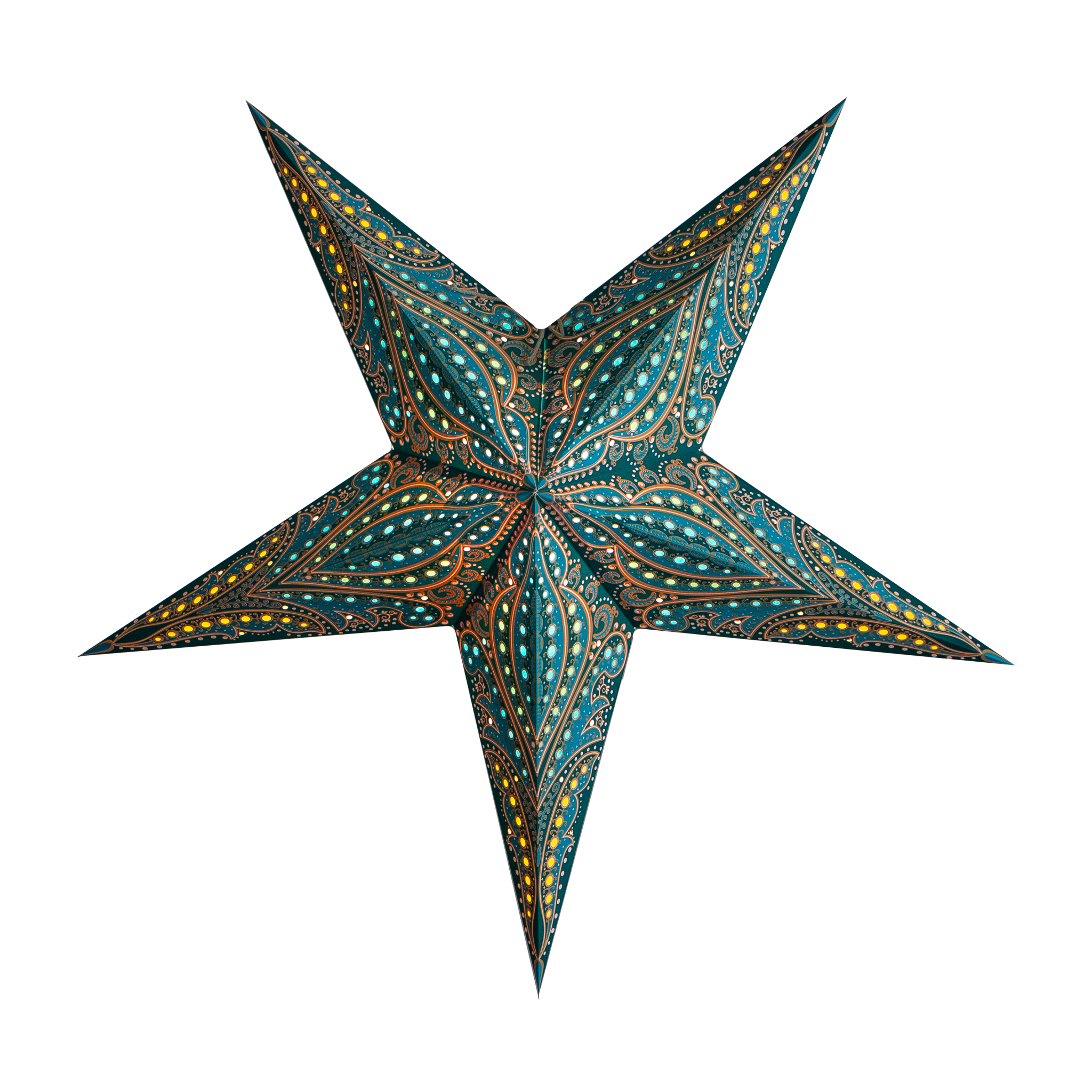
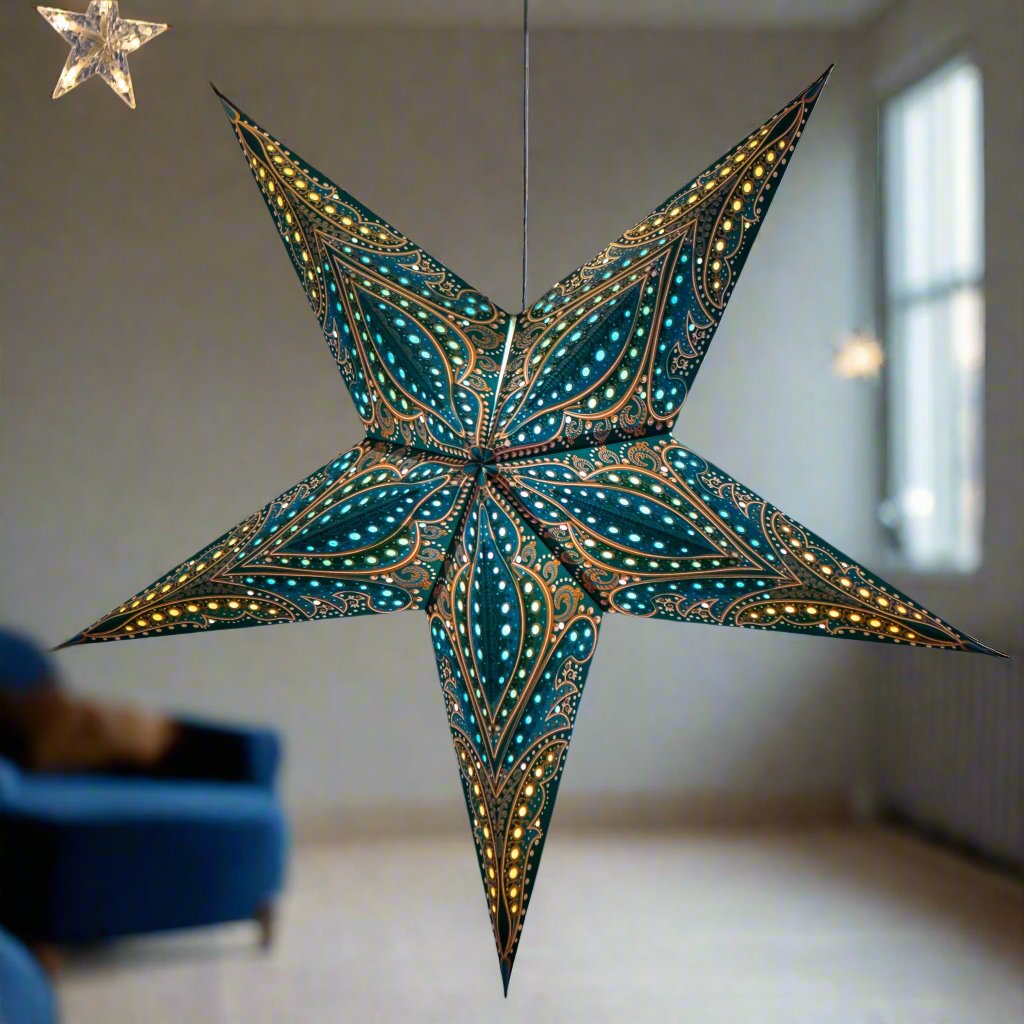

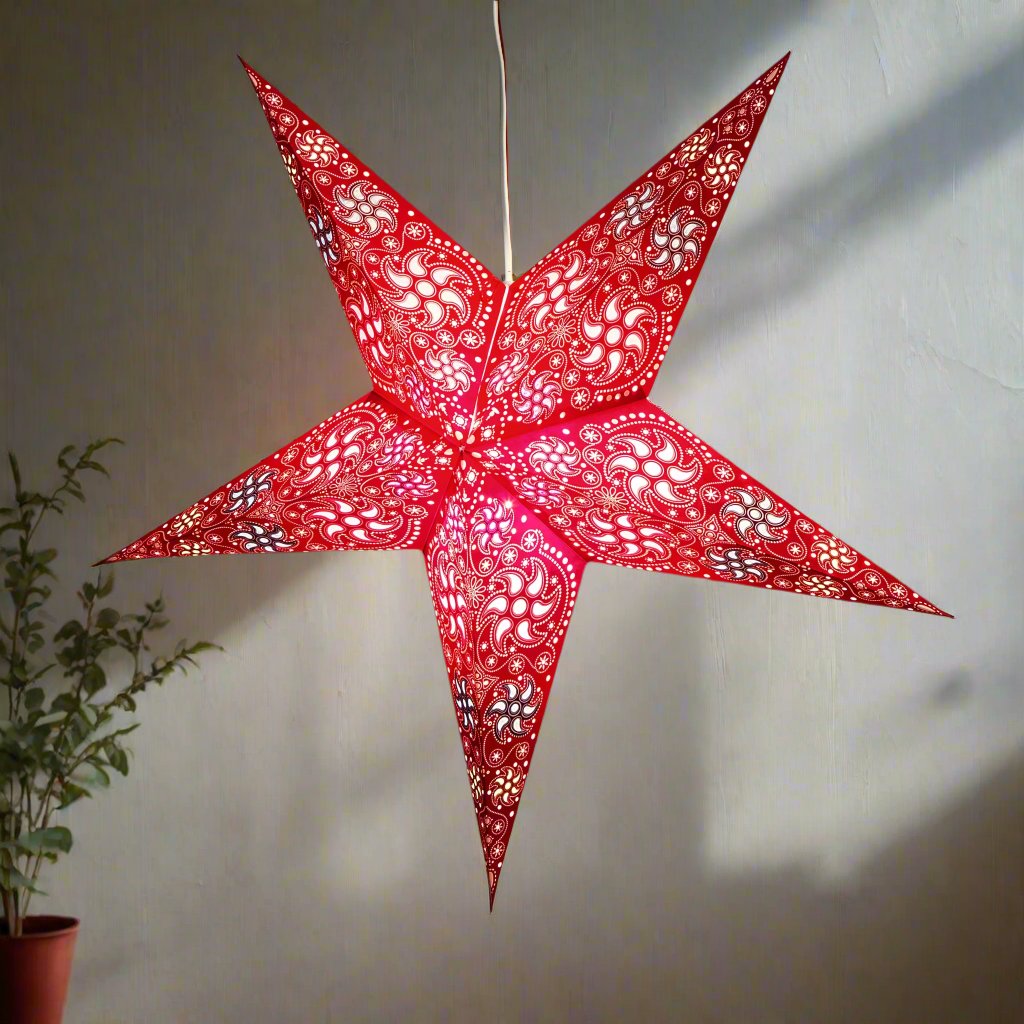
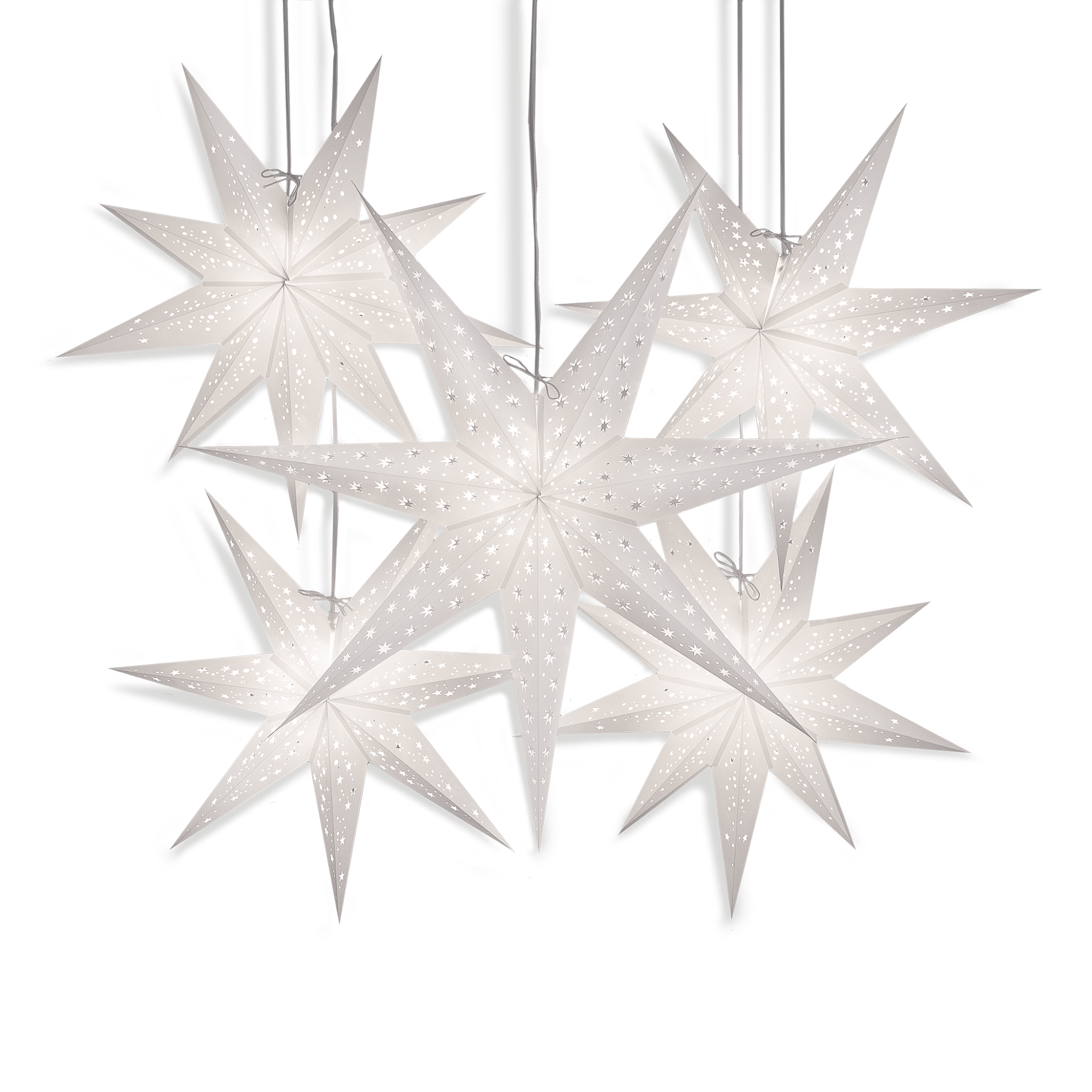
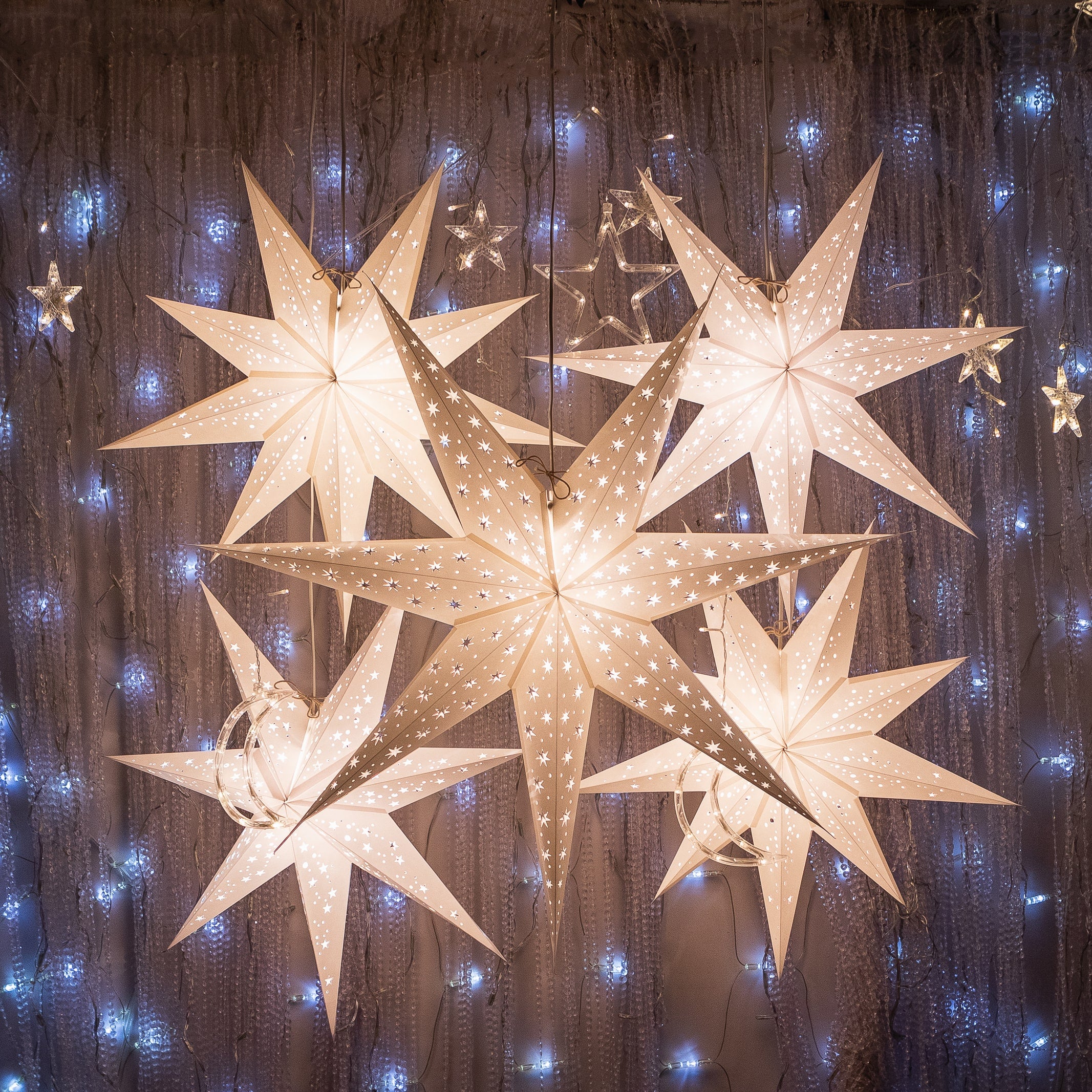




Leave a comment